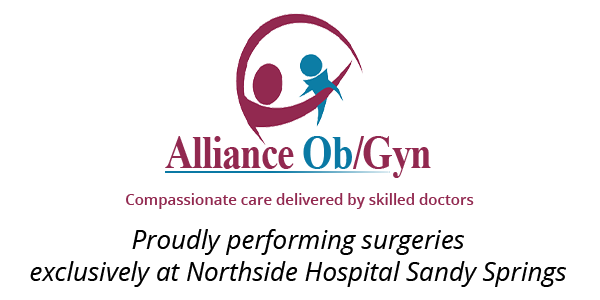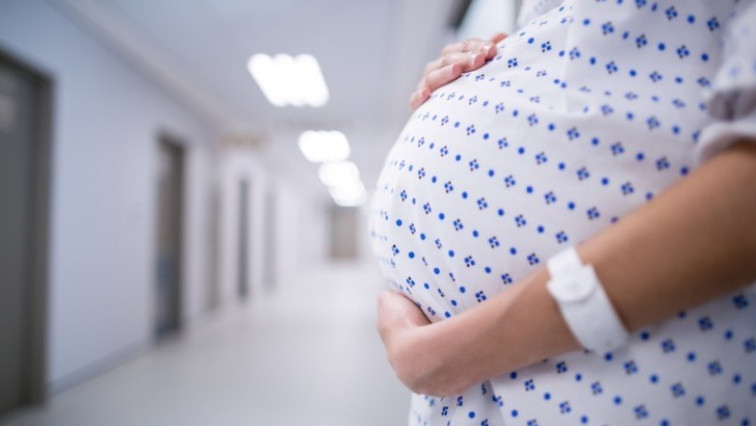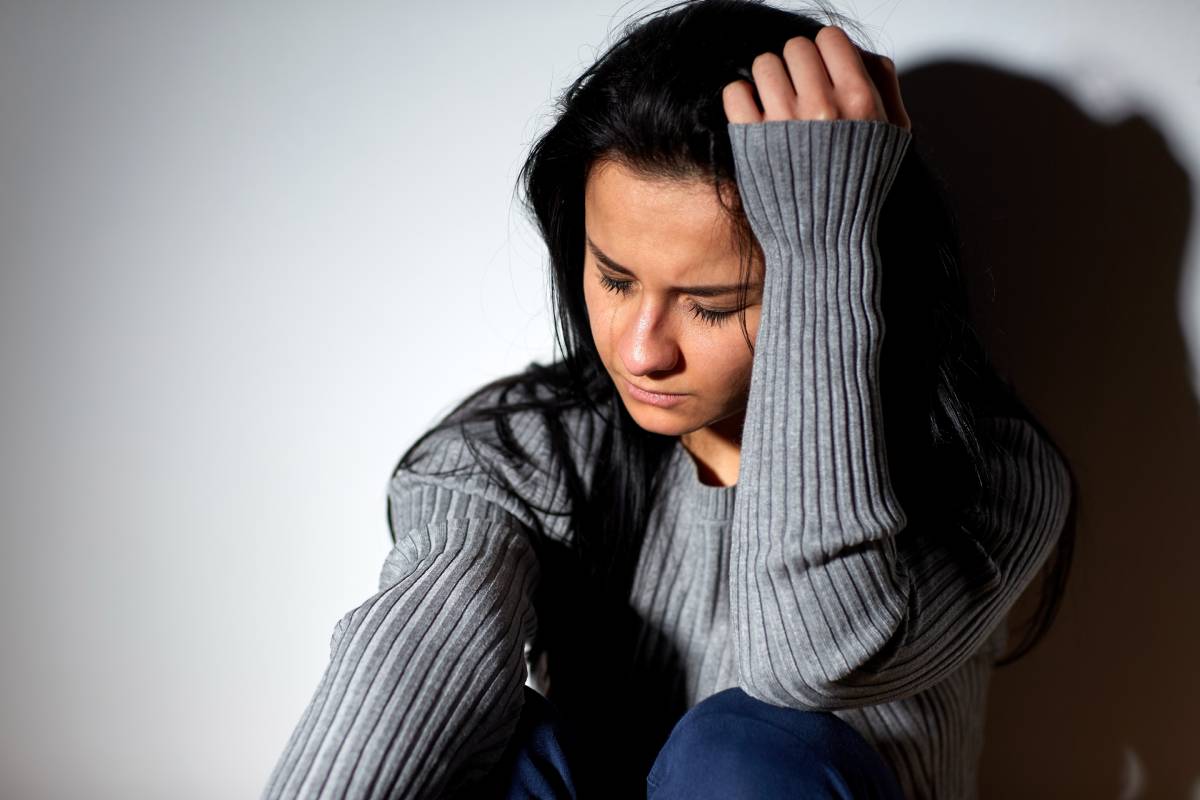
Spotlight on Women’s Health: Understanding Osteoporosis in Women
Osteoporosis is often called the “silent thief” because it silently weakens bones over a long period, often with no symptoms until a bone fractures. This condition affects millions of people worldwide, disproportionately impacting women. As we mark Osteoporosis Awareness Month this May, it’s crucial to focus on the unique aspects of osteoporosis in women, empowering them with knowledge to take proactive steps towards maintaining bone health.
What is Osteoporosis?
Osteoporosis is a bone disease characterized by a decrease in bone density and strength, resulting in fragile bones. This condition is most prevalent in postmenopausal women due to the significant drop in estrogen, a hormone that helps maintain bone mass. However, younger women are not immune, especially those who have certain risk factors.
Why Women Are More Affected
The link between women’s health and osteoporosis is primarily influenced by hormonal changes. Here are some key reasons why women are more susceptible to osteoporosis:
- Menopause: The decline in estrogen during menopause is one of the most significant risk factors for developing osteoporosis. Estrogen helps protect bone density, and its reduction can accelerate bone loss.
- Longevity: Women generally live longer than men, increasing the likelihood of experiencing bone density loss simply due to age.
- Early Menopause and Hysterectomy: Women who undergo menopause before the age of 45, or who have surgical removal of their ovaries, are at higher risk due to a shorter lifetime exposure to estrogen.
- Menstrual History: Women who have had periods stop for prolonged periods (amenorrhea) due to excessive exercise or dieting are also at risk.
Risk Factors
Several factors contribute to the risk of developing osteoporosis, including:
- Genetics: A family history of osteoporosis or a maternal history of hip fractures increases risk.
- Body Frame: Women with smaller body frames tend to have less bone mass to draw from as they age.
- Certain Medications and Conditions: The use of corticosteroids, some breast cancer treatments, and conditions like rheumatoid arthritis and eating disorders, can increase the risk.
- Lifestyle Choices: Smoking, excessive alcohol consumption, and low physical activity levels can further exacerbate bone loss.
Preventive Measures and Management
Preventing osteoporosis involves a multifaceted approach, focusing on lifestyle and dietary changes from an early age. Here are essential steps women can take:
- Dietary Intake: Adequate calcium and vitamin D are vital for bone health. Dairy products, green leafy vegetables, and fortified foods are excellent sources of calcium. Sun exposure and dietary sources like fatty fish can help maintain vitamin D levels.
- Exercise: Regular physical activity, especially weight-bearing and strength-training exercises, can stimulate bone formation and slow age-related bone loss.
- Healthy Lifestyle: Avoiding tobacco and limiting alcohol intake are crucial for bone health.
- Bone Density Screening: Women, particularly those with risk factors, should discuss with their healthcare provider the right time to start bone density screening. Early detection can lead to effective management.
Osteoporosis in women is a significant public health concern, but with increased awareness and proactive management, it is possible to reduce its impact significantly. This Osteoporosis Awareness Month, and every month, Alliance OB/GYN is committed to making women’s bone health a priority, empowering them with the information and resources needed to support strong bones for a lifetime.
Further Reading:
Johns Hopkins: https://www.hopkinsmedicine.org/health/conditions-and-diseases/osteoporosis/osteoporosis-what-you-need-to-know-as-you-age
Contact your OB/GYN in Alpharetta: https://allianceobgyn.com/contact-us/alpharetta-location/



